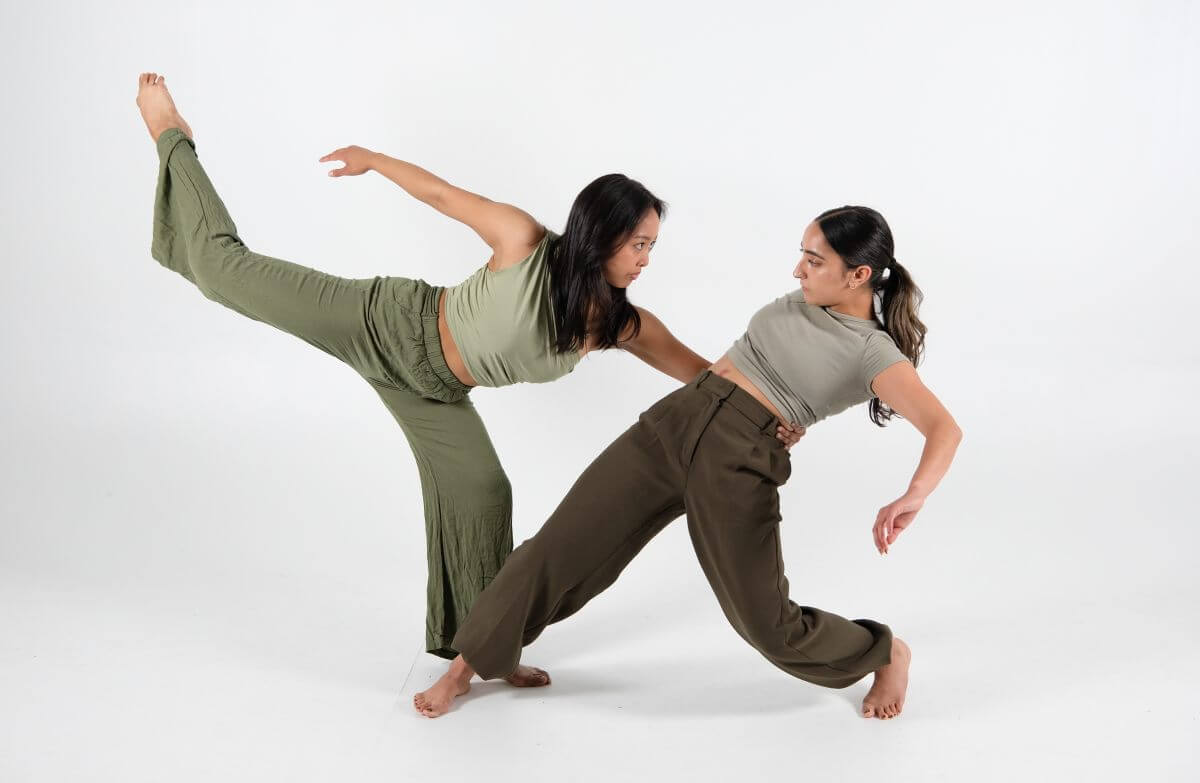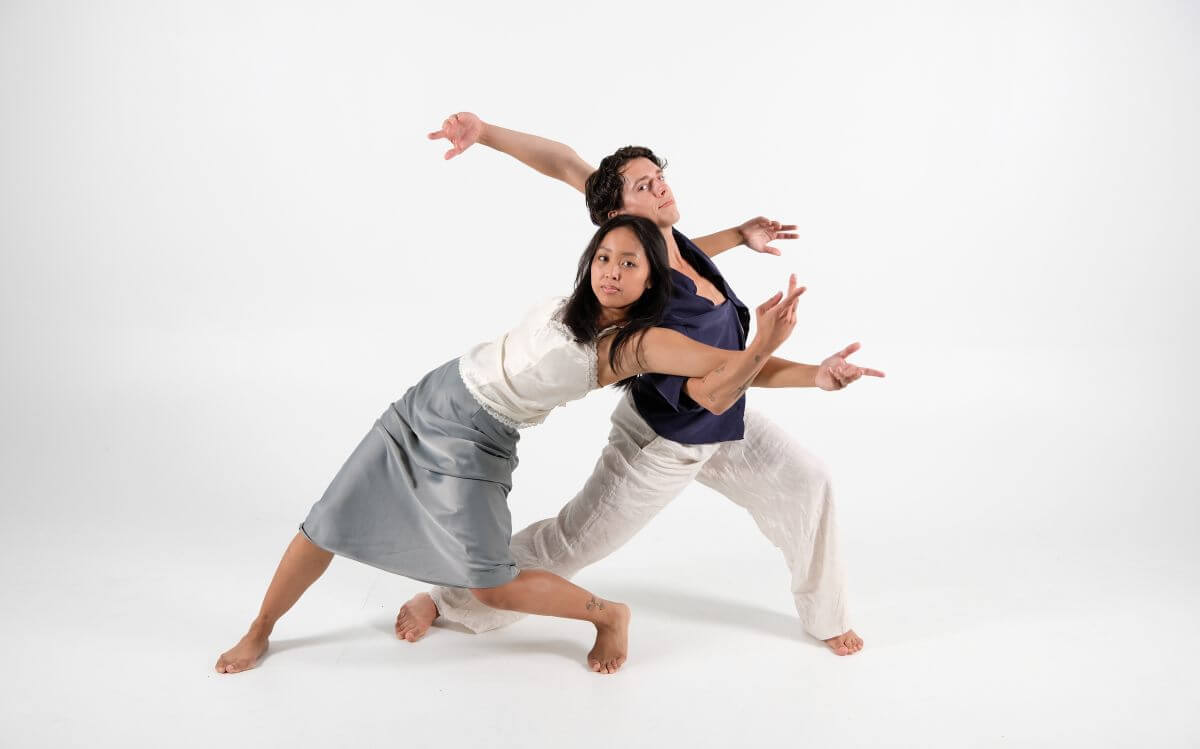It’s no secret that the profession of a dancer could be a fragile one, threatened by damage and accidents, and one which sometimes ends at an age when many different artists are thought of to be of their mid-career stage.
The Worldwide Group for the Transition of Skilled Dancers (IOTPD), a company that’s centered on international collaboration and profession advocacy for dancers, will likely be holding a gathering in Toronto from October 22 to 24, 2025.
The conferences will likely be offered by Toronto’s Dancer Transition Useful resource Centre (DTRC) with the Worldwide Group for the Transition of Skilled Dancers in affiliation with Fall for Dance North.
The Dancer Transition Useful resource Centre (DTRC), a nationwide, charitable group devoted to serving to dancers make vital transitions into, inside, and from skilled performing careers, was based in 1985. The IOTPD has been advocating for dancers since 1993. Delegates from sister organizations from all over the world will likely be assembly in Toronto to debate profession growth, transition help, and long-term sustainability for dancers, evaluating notes from completely different areas of the globe.
The annual gathering coincides with DTRC’s fortieth anniversary, and culminates with a panel dialogue that’s open to the general public on October 23 titled World Views on Dancer Profession Growth: A Panel Dialogue, hosted by P. Megan Andrews, Government Director, Dancer Transition Useful resource Centre.
LV spoke to P. Megan Andrews, PhD, dance artist and scholar, motion educator and author/editor, and Government Director of DTRC, in regards to the group and the dialogue.

P. Megan Andrews: The Interview
Transitioning out of an energetic dance efficiency profession typically isn’t a part of the same old dancer coaching.
“I believe it depends upon the varsity,” Andrews remarks, “nevertheless it hasn’t sometimes been a part of the dialog.”
She factors out that dance colleges are normally centered on the intensive coaching required to provide college students the talents of knowledgeable dancer, which doesn’t go away a variety of time or house to debate what occurs afterwards. It’s additionally a troublesome difficulty to know for somebody simply beginning out.
“It’s,” Megan acknowledges. Therefore, DTRC and different organizations. “That is what I’m doing, that is what I’m devoting my life to, and I don’t see it ending.”
The best way a dance profession ends can be one thing that’s troublesome to ponder.
“It’s generally by alternative that folks carry out and have a profession within the arts, after which select to make a change, however after all there’s a excessive threat of damage on this subject,” she factors out. “It will possibly come by probability. That may be extremely difficult and devastating.”
Even a short lived incapacity can derail a profession. “An damage means you’ll be able to’t do your coaching or your work anymore. That’s another excuse for the helps that we provide.”
It’s not solely the sensible issues of bodily rehab or adaptation. It’s additionally a problem that impacts psychological well being.
“The artwork type and apply is a lot a core of 1’s identification,” Andrews notes. It’s a scenario that’s not dissimilar to actors, athletes, and different professions, however for dancers specifically, your career is inextricably linked to the core of your physique.
“Any form of transition is fraught with these questions of who am I?” she notes. “As a result of dancers typically begin once they’re three, and it’s a part of their life at an early age. It’s indelibly a part of who one is. It’s a really delicate dialog.”
DTRC needs to make these conversations extra public to remove the stigma, and to teach. “It’s not been one thing that we traditionally foregrounded,” she says.
The group goals to help dancers in each manner potential. “We do have a counselling program,” she factors out. This system seems to help dance professionals in each private and profession targets, together with monetary counselling and different sensible issues.
“We help wellness and studying.”
Supporting Artists
DTRC is there for dance artists not solely on the finish of their careers, however to assist them alongside the best way as properly.
“I need to add yet one more nuance to that, as a result of one thing that we frequently discover after we speak in regards to the DTRC, it’s in regards to the final transition out of the sphere, however lots of our applications are there for our dancers whereas they’re of their careers.”
The numerous points dancers typically face are relocating to pursue work, dealing with rejection, the audition circuit, and the necessity to discover a parallel profession pathway.
“It’s truly uncommon to be a full time dancer,” she factors out “We’re supporting wellness.”
It’s about serving to them to construct resilience and sustainability as an artist, when you’re nonetheless a practising artist. The thought of getting a second profession will be problematic.
“Dancers don’t need to discuss it,” she says “There’s a form of delusion, I might say, that in case you’re not all in, absolutely dedicated and no time for the rest, one way or the other you’re a lesser artist. I’d prefer to dispel that.”
As she factors out, pursuing different passions makes you a greater artist in the long run.

The Dialogue
DTRC is a member group of the IOTPB, a global meeting of comparable organizations. Every is barely completely different, nonetheless, which makes getting collectively to debate insurance policies and practises important.
“That’s the gathering that’s occurring,” Andrews says. “We’ll be speaking about precisely that, circumstances in several nations,” she provides.
“A part of my hope is that we are able to speak in public about a few of these points.”
A global dialogue is important for pragmatic causes as properly. “Dancers transfer round rather a lot,” she factors out. “We’re working to reinforce our worldwide collaborations. Studying about what dancers are dealing with at the moment in several areas and completely different elements of the world, we are able to additionally maintain palms and work collectively.”
Together with the discussions revolving round practises, the occasion can even pay tribute to the Dancer Transition Useful resource Centre and its founder, Joysanne Sidimus. Sidimus wrote a guide on the topic titled Life After Dance that was revealed in 1987. Whereas she started researching the subject, she was working in an atmosphere the place no such helps existed.
Canada’s DTRC was certainly one of a number of organizations that fashioned globally within the Seventies and Nineteen Eighties. The atmosphere for dance and the humanities on the whole has shifted during the last 40 years, however the message continues to be the identical.
“Sure, we’ve got this unimaginable founder on the inception of this group, and this group has achieved fairly unimaginable work […] for forty years — and let’s look to the longer term. We’re nonetheless related. The context has shifted, however we’re nonetheless right here.”
She’s grateful for the help the group receives from arts councils at varied ranges, quite a lot of foundations, and personal donors which were there because the starting.
“It’s actually about neighborhood.”
Occasion Particulars
The worldwide panel dialogue will revolve round challenges and successes in supporting dancer profession growth and transition throughout the globe.
The panel dialogue takes place on Thursday, October 23 from 2 to 4 p.m. on the Centre for Social Innovation-Spadina (192 Spadina Ave, Suite 101).
Are you trying to promote an occasion? Have a information tip? Must know the perfect occasions occurring this weekend? Ship us a notice.
#LUDWIGVAN
Get the each day arts information straight to your inbox.

